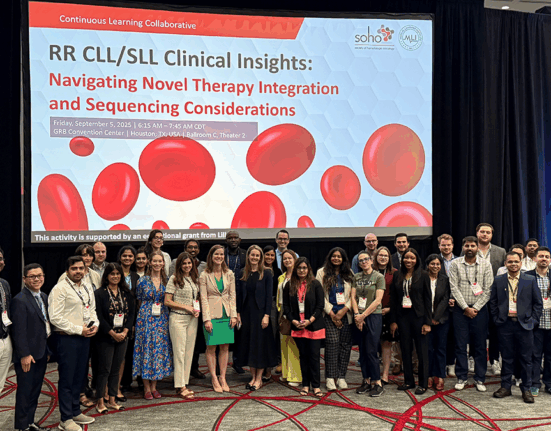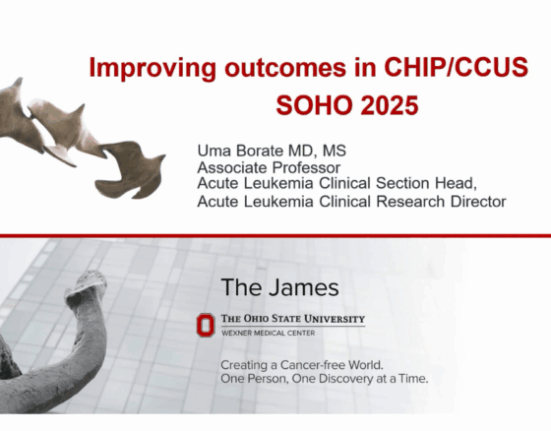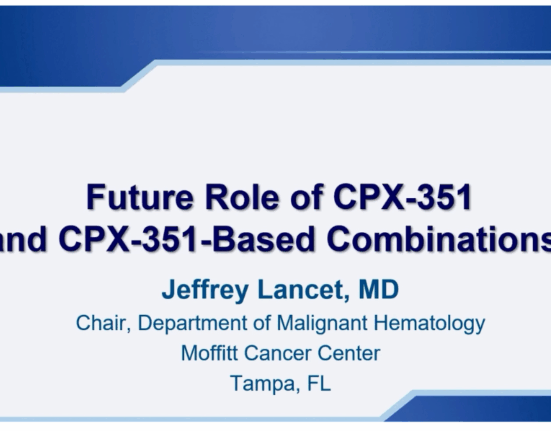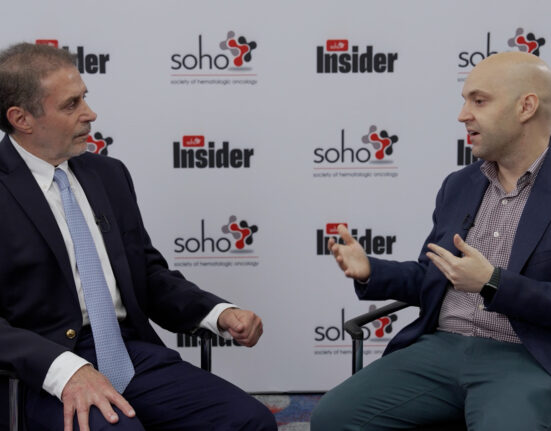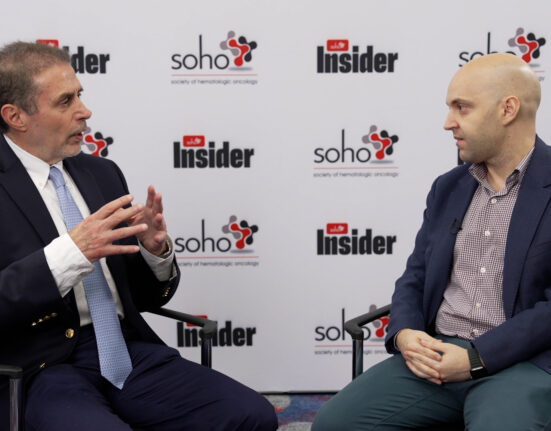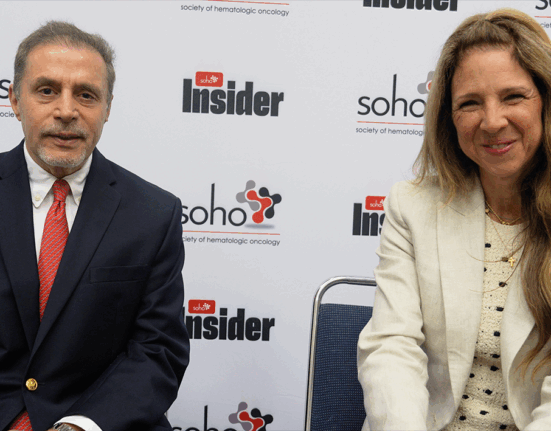ASH-Gbot, an AI-driven chatbot trained on the American Society of Hematology (ASH) guidelines, is able to deliver disease-specific advice for hematological conditions with accuracy comparable to experienced hematologists, according to the researchers who developed it.
In their presentation at the 66th ASH Annual Meeting and Exposition in San Diego, California, the researchers, Ohio State University neuroscience student Ramy El-Assal and Global Head of Incyte AI Innovations Institute Aziz Nazha, MD, said ASH-Gbot was intended as a “tool for enhancing clinical decision-making and improving patient education within the hematology community.”
The chatbot is built on top of GPT-4, the large language model created by the technology company OpenAI. The chatbot was fed the text from the ASH guidelines and then trained to understand and apply the guidelines effectively. Disease-specific versions of ASH-Gbot were created, each fine-tuned with guideline subsets pertinent to particular hematological conditions.
The researchers compared ASH-Gbot’s outputs with expert human responses in order to evaluate the chatbot’s performance in terms of accuracy and reasoning against real-world clinical scenarios, and found that “the model achieved a level of accuracy comparable to that of seasoned hematologists.”
The model was also designed to discern whether the user is a healthcare professional or a patient and adjust the complexity of its responses accordingly, with an emphasis on delivering information in a kind, responsible, and empathetic manner for patients.
“ASH-Gbot significantly enhances clinical decision-making and patient education by providing accurate, contextually relevant information tailored to users’ backgrounds,” the authors wrote in the abstract. “This integration of AI and hematology resources [promises] improved standards of care and streamlined workflows in hematology.”
Reference
El-Assal R and Nazha A. ASH-G bot: an artificial intelligent chatbot trained on the American Society of Hematology (ASH) guidelines. Presented at the 66th American Society of Hematology Annual Meeting and Expostion; December 7-10; San Diego, California


